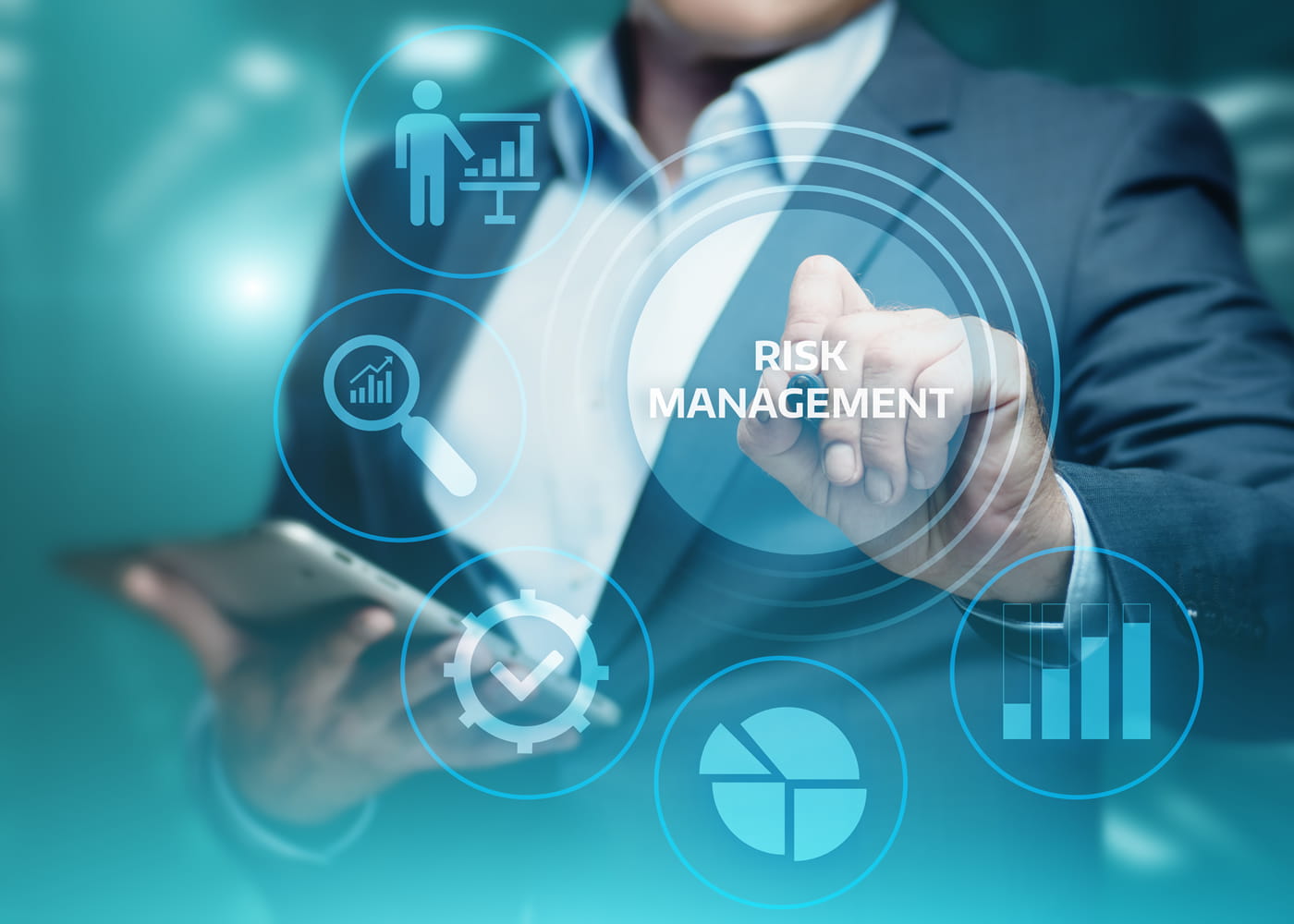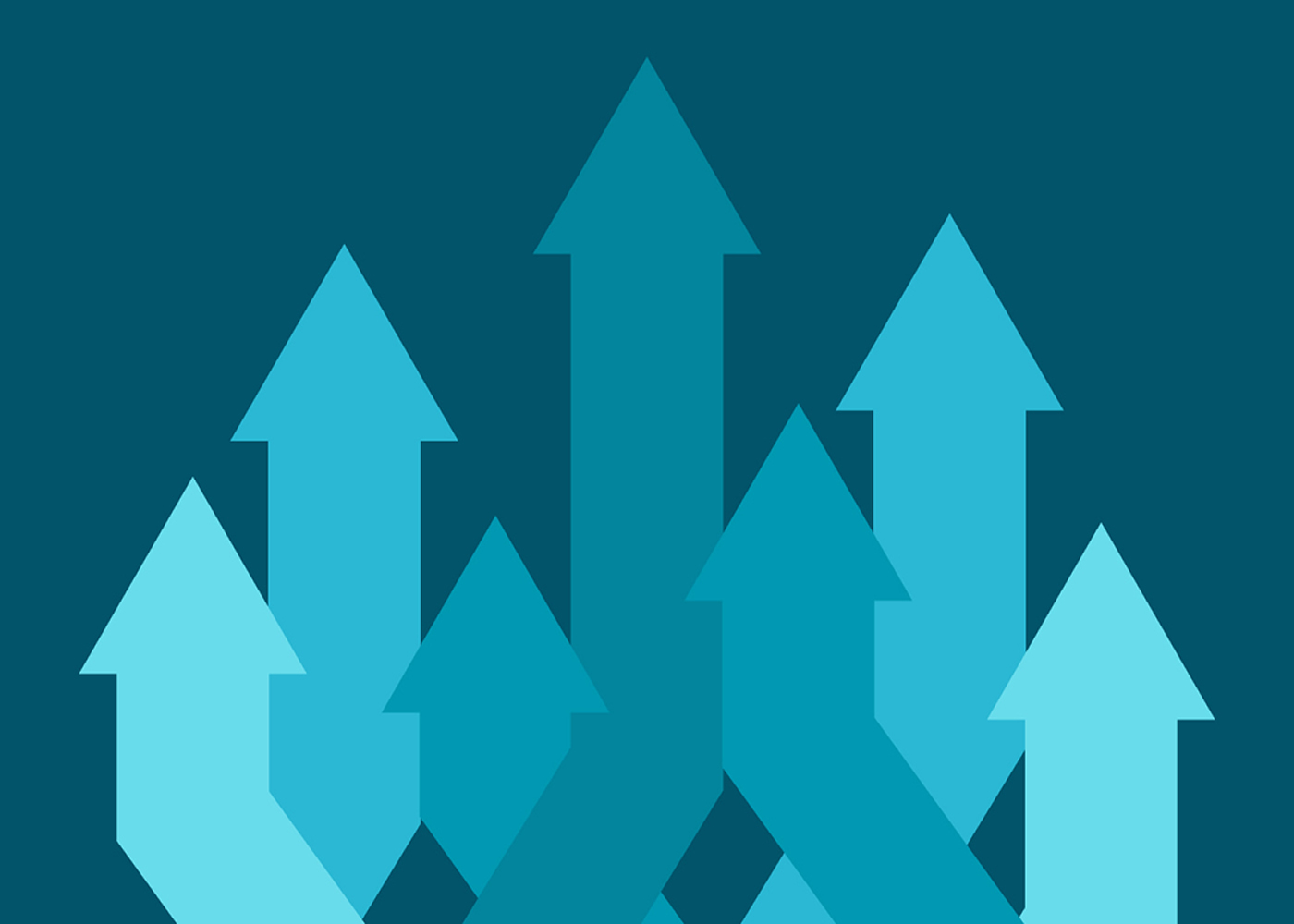A Strategic Framework for Enterprise Risk Management
Sponsored by: The American Industrial Hygiene Association (AIHA)
When evaluating risks, organizations often use experience or intuition, which can lead them to underestimate the possibility of undesirable outcomes. Effective risk analysis requires structured, repeatable procedures that help the organization systematically identify, analyze, evaluate, treat, monitor and communicate potentially risky future events.
That’s why the Enterprise Risk Management (ERM) approach exists. It’s a fundamental system that aids an organization in assessing and managing key business risks and opportunities with the intent of maximizing shareholder value.
Occupational and environmental health and safety (OEHS) professionals are relied upon to understand and communicate risks. Risk defines their scope of work and shapes the way they approach the goal of protecting worker health. Every day they answer a variety of risk related questions: How impactful will this action/event be? How probable is it that it will occur? What is the plan of action should the event occur? What is Plan B? How will this be perceived and communicated?
These questions also apply to any enterprise because the decisions OEHS professionals make affect the value and bottom line of the enterprise. By protecting worker health and safety, you play a large part in protecting the enterprise’s continuity and reputation. And by leveraging the ERM process, OEHS professionals can evaluate risks in a broader framework, thereby having an impact on improving Total Exposure Health and even Total Worker Health.
Understanding the immense value in the ERM process, AIHA® worked with members and volunteers to develop the Enterprise Risk Management Strategic Framework. This element of the body of knowledge for OEHS professionals can serve as a guide to understand ERM.
Using this strategic framework, you will understand how ERM can be used to supplement traditional industrial hygiene measurement and risk assessments to help leaders make better decisions concerning worker health risks. Because these risks can have consequences beyond impacts to workers, you will find ways to recognize and manage the broad organizational impacts you identify.
This ERM framework will help you accomplish your company’s primary objectives: protecting both worker health and the value of the organization.
Consider sharing the ERM Framework with your OEHS team now: aiha.org/education/frameworks/strategic-framework-enterprise-risk-management
About the Author

Alan Leibowitz
EHS Systems Solutions
Alan Leibowitz, CIH, CSP, FAIHA is President of EHS Systems Solutions LLC (EHS-SS) following a long career as the senior EHS and Security leader for ITT. He has been recognized for his work leading development of the first ANSI Management System Standard, ANSI Z10, and by Newsweek magazine for the ITT sustainability program. Alan is a leader in professional and industry group activities, including his current role on the Boards of Directors for the Board for Global EHS Credentialing (formerly ABIH), the Center for Safety and Health Sustainability (CSHS), and The Occupational Hygiene Training Association (OHTA).




